Home>Home Appliances>Heating & Cooling>How To Turn Off Water Supply To Central Heating
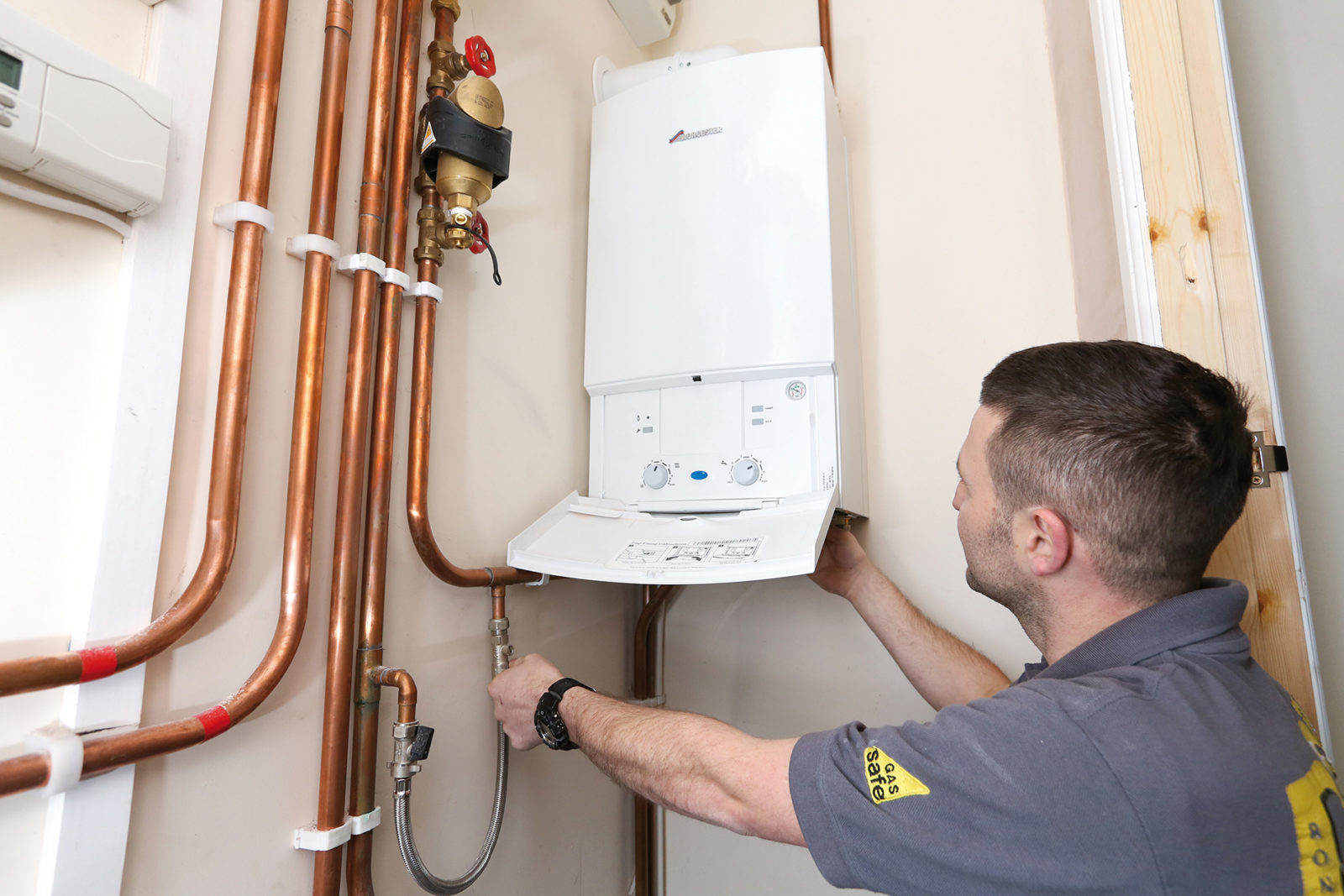

Heating & Cooling
How To Turn Off Water Supply To Central Heating
Modified: May 6, 2024
Learn how to easily turn off the water supply to your central heating system. Follow these simple steps to ensure efficient heating and cooling.
(Many of the links in this article redirect to a specific reviewed product. Your purchase of these products through affiliate links helps to generate commission for Storables.com, at no extra cost. Learn more)
Introduction
Turning off the water supply to your central heating system is a crucial step when performing maintenance or repairs. By doing so, you can prevent water from flowing into the system, allowing you to work on it safely and effectively. Whether you're replacing a radiator, fixing a leak, or conducting routine maintenance, knowing how to turn off the water supply is essential.
In this guide, we will walk you through the process of shutting off the water supply to your central heating system. By following these steps, you can ensure a smooth and hassle-free experience while working on your heating system. Let's dive into the details and learn how to safeguard your central heating system by turning off the water supply effectively.
Key Takeaways:
- Safeguard your central heating system by locating and turning off the main water shut-off valve. This prevents water from entering the system, creating a safe environment for maintenance and repairs.
- Draining the central heating system is crucial for maintenance tasks. By following the steps to drain the system, you can safely release water and prepare it for repairs, ensuring a secure and controlled process.
Read more: How To Turn Off Central Heating
Step 1: Locate the Main Water Shut-Off Valve
The first step in turning off the water supply to your central heating system is to locate the main water shut-off valve. This valve is responsible for controlling the flow of water into your heating system and is essential for performing any maintenance or repairs.
The main water shut-off valve is typically located near the point where the main water supply enters your property. It is commonly found in the utility room, basement, or near the boiler. In some cases, it may be located outside the property, often near a water meter or at the boundary of your property.
To locate the main water shut-off valve, start by checking the utility room or basement, as these are common areas where the valve is situated. Look for a lever or wheel-shaped handle connected to a pipe. The valve may be labeled with "main shut-off valve" or "water supply valve," making it easier to identify.
If you are unable to locate the valve inside your property, it may be situated outside. In this case, look for a small underground box or a metal cover marked with "water shut-off valve." Once you have located the valve, ensure that it is easily accessible and not obstructed by any objects.
It's important to familiarize yourself with the location of the main water shut-off valve before an emergency occurs. Knowing its whereabouts can save valuable time in case of a water-related issue or when performing routine maintenance on your central heating system.
By successfully identifying and locating the main water shut-off valve, you have completed the first step in preparing to turn off the water supply to your central heating system. This sets the stage for the next crucial step in the process.
Now that you've located the main water shut-off valve, let's move on to the next step of turning off the water supply to your central heating system.
Step 2: Turn Off the Main Water Shut-Off Valve
Once you have located the main water shut-off valve, the next step is to turn it off to stop the flow of water into your central heating system. This is a critical step before conducting any maintenance or repairs to ensure a safe working environment and prevent potential water damage.
To turn off the main water shut-off valve, follow these steps:
-
Position the Valve Handle: The main water shut-off valve is typically equipped with a lever or wheel-shaped handle. In most cases, turning the handle clockwise will shut off the water supply. If the valve has a lever, it may need to be turned perpendicular to the pipe to stop the flow of water. Ensure that the valve is fully closed to prevent any water from entering the heating system.
-
Use Caution: When turning the main water shut-off valve, do so gently and with caution, especially if the valve has not been operated for an extended period. Applying excessive force can lead to valve damage or cause it to become stuck. If you encounter resistance, stop and seek professional assistance to avoid causing any damage.
-
Verify the Water Supply: After turning off the main water shut-off valve, it's a good practice to verify that the water supply has been successfully shut off. Check faucets, sinks, and other water outlets in your property to ensure that no water is flowing. This step helps confirm that the valve has effectively stopped the water supply to the central heating system.
-
Label the Valve: Consider labeling the main water shut-off valve once it's turned off. This can be helpful for future reference, especially for individuals who may need to access it in your absence. A clearly labeled valve can expedite the process of locating and turning it off when necessary.
By following these steps, you can effectively turn off the main water shut-off valve, halting the water supply to your central heating system. This sets the stage for the subsequent step of draining the central heating system, which is essential for certain maintenance tasks.
With the main water shut-off valve successfully turned off, you are now ready to proceed with the next phase of preparing your central heating system for maintenance or repairs.
Locate the main water shut-off valve, usually near the water meter or where the main water line enters the house. Turn the valve clockwise to shut off the water supply to the central heating system.
Step 3: Drain the Central Heating System
Draining the central heating system is a crucial step that follows turning off the main water shut-off valve. This process is essential when performing maintenance tasks such as replacing radiators, conducting repairs, or addressing issues within the heating system. By draining the system, you can prevent water from causing potential damage and create a safe working environment.
To effectively drain the central heating system, follow these steps:
-
Prepare for Draining: Before initiating the draining process, ensure that the heating system is turned off and has cooled down to a safe temperature. This minimizes the risk of encountering hot water and steam during the draining process, enhancing safety.
-
Locate the Drain Valve: The drain valve is typically located at the lowest point of the heating system, often near the boiler or at the base of radiators. It is commonly a small valve with a hose connection point, allowing for the controlled release of water from the system.
-
Attach a Hose (Optional): Attaching a hose to the drain valve can facilitate the controlled discharge of water to a suitable drainage point. This prevents water from spilling onto the surrounding area and ensures a tidy draining process. If using a hose, securely connect it to the drain valve and position the other end at a suitable drainage location.
-
Open the Drain Valve: Carefully open the drain valve to initiate the discharge of water from the central heating system. If a hose is attached, ensure that it is positioned to direct the water flow to the designated drainage point. Monitor the draining process to ensure a steady and controlled flow of water.
-
Vent Radiators (If Necessary): In some cases, it may be necessary to vent air from the radiators during the draining process. This can be achieved by opening the air vent valves located at the top of the radiators, allowing trapped air to escape as water is discharged from the system.
-
Monitor the Draining Process: As the water drains from the system, monitor the progress and ensure that the discharge is consistent and free from any obstructions. This step allows you to confirm that the system is effectively draining and prepares it for the subsequent maintenance or repair tasks.
By following these steps, you can successfully drain the central heating system, preparing it for maintenance, repairs, or other necessary interventions. This process ensures a safe and controlled release of water from the system, setting the stage for the seamless execution of maintenance tasks.
With the central heating system effectively drained, you are now equipped to proceed with the planned maintenance or repairs, knowing that the system is in a safe and workable condition.
Conclusion
Successfully turning off the water supply to your central heating system is a fundamental aspect of maintaining a safe and efficient home environment. By following the outlined steps, you have gained valuable insights into the process of locating the main water shut-off valve, turning it off, and draining the central heating system. These essential steps are pivotal in ensuring a secure and controlled environment for conducting maintenance, repairs, or addressing issues within the heating system.
By familiarizing yourself with the location of the main water shut-off valve, you have taken a proactive step in safeguarding your property against potential water-related emergencies. Knowing the precise location of this valve can save valuable time and prevent extensive water damage in the event of a leak or malfunction within the central heating system.
Turning off the main water shut-off valve is a critical action that halts the flow of water into the heating system, creating a safe working environment for maintenance and repair tasks. By following the recommended steps to turn off the valve, you have effectively prevented water from entering the system, mitigating the risk of damage and ensuring a secure working environment.
Draining the central heating system is a pivotal step that complements the process of turning off the water supply. By following the outlined steps to drain the system, you have effectively released water from the system, preparing it for maintenance, repairs, or other necessary interventions. This process ensures a safe and controlled discharge of water, setting the stage for the seamless execution of maintenance tasks.
In conclusion, the knowledge and skills acquired through this guide empower you to take proactive measures in maintaining and safeguarding your central heating system. By understanding how to turn off the water supply and drain the system, you have equipped yourself with essential capabilities to address maintenance tasks and potential emergencies effectively. These actions contribute to a safe and efficient home environment, ensuring the optimal performance of your central heating system.
With the completion of these crucial steps, you are now well-prepared to undertake maintenance, repairs, or other necessary interventions with confidence, knowing that your central heating system is in a secure and workable condition.
Now that you’ve mastered shutting off water to your central heating system, why not dive deeper into taking care of your living space? Regular checks and fixes can save you a bundle and keep your home in tip-top shape. For insightful tips on what tasks to tackle around your house, don't miss our detailed guide on home upkeep essentials. Armed with this knowledge, you'll be more than ready to keep everything running smoothly and efficiently.
Frequently Asked Questions about How To Turn Off Water Supply To Central Heating
Was this page helpful?
At Storables.com, we guarantee accurate and reliable information. Our content, validated by Expert Board Contributors, is crafted following stringent Editorial Policies. We're committed to providing you with well-researched, expert-backed insights for all your informational needs.
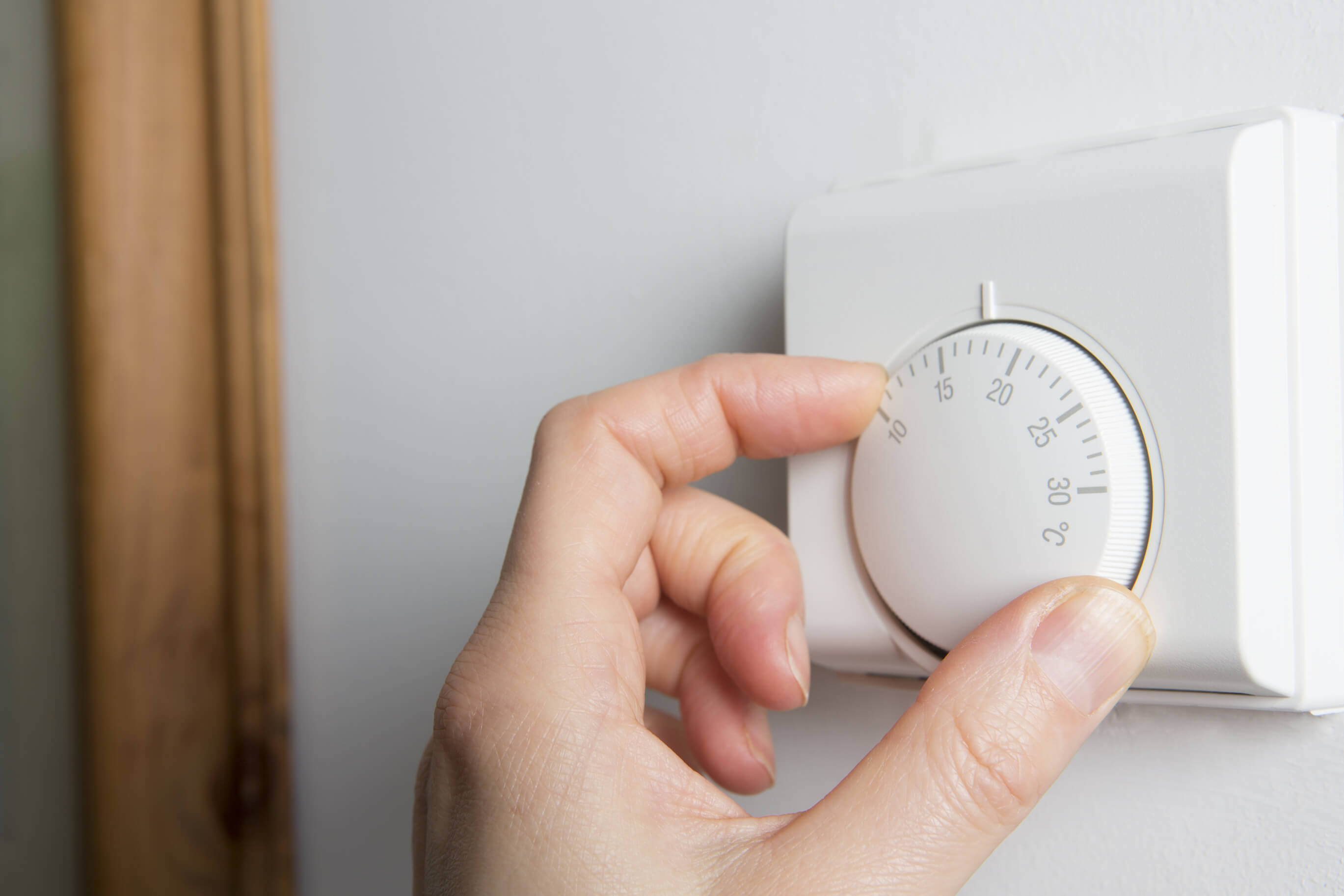
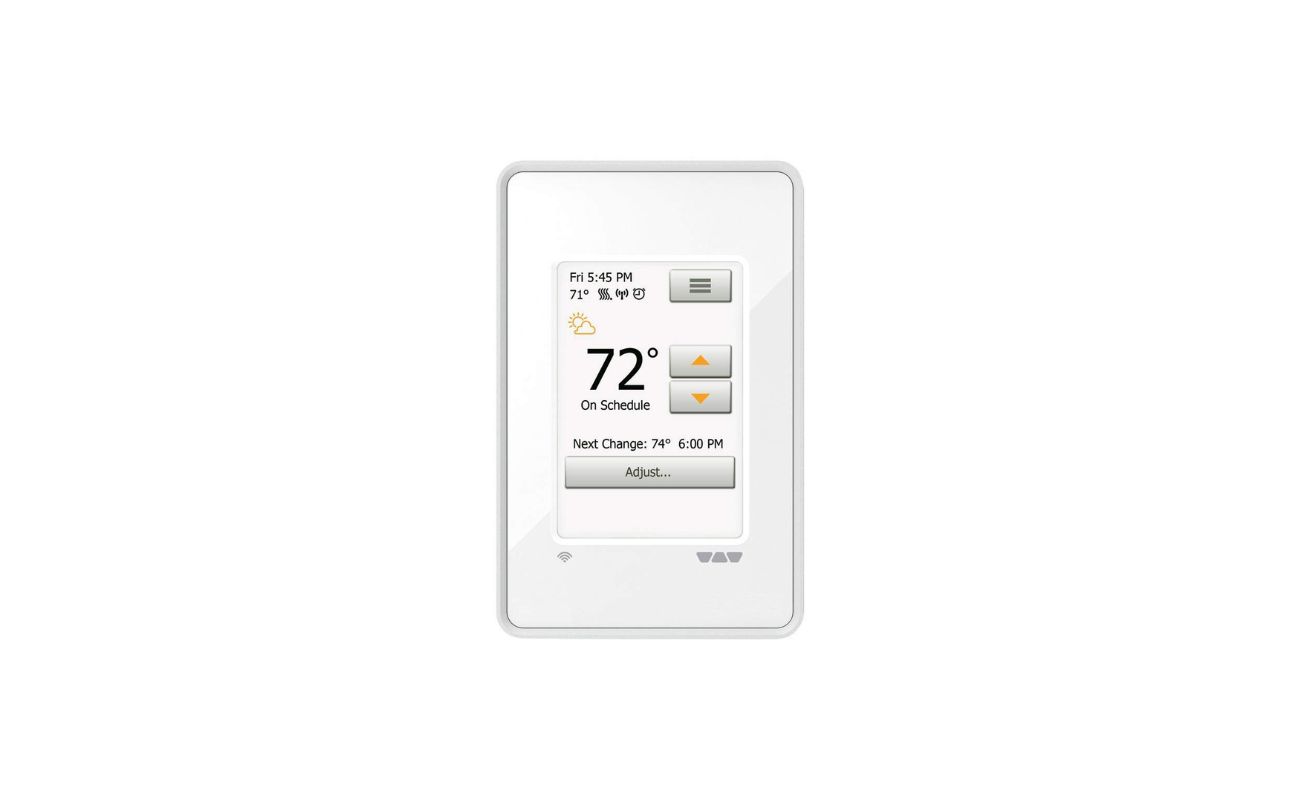
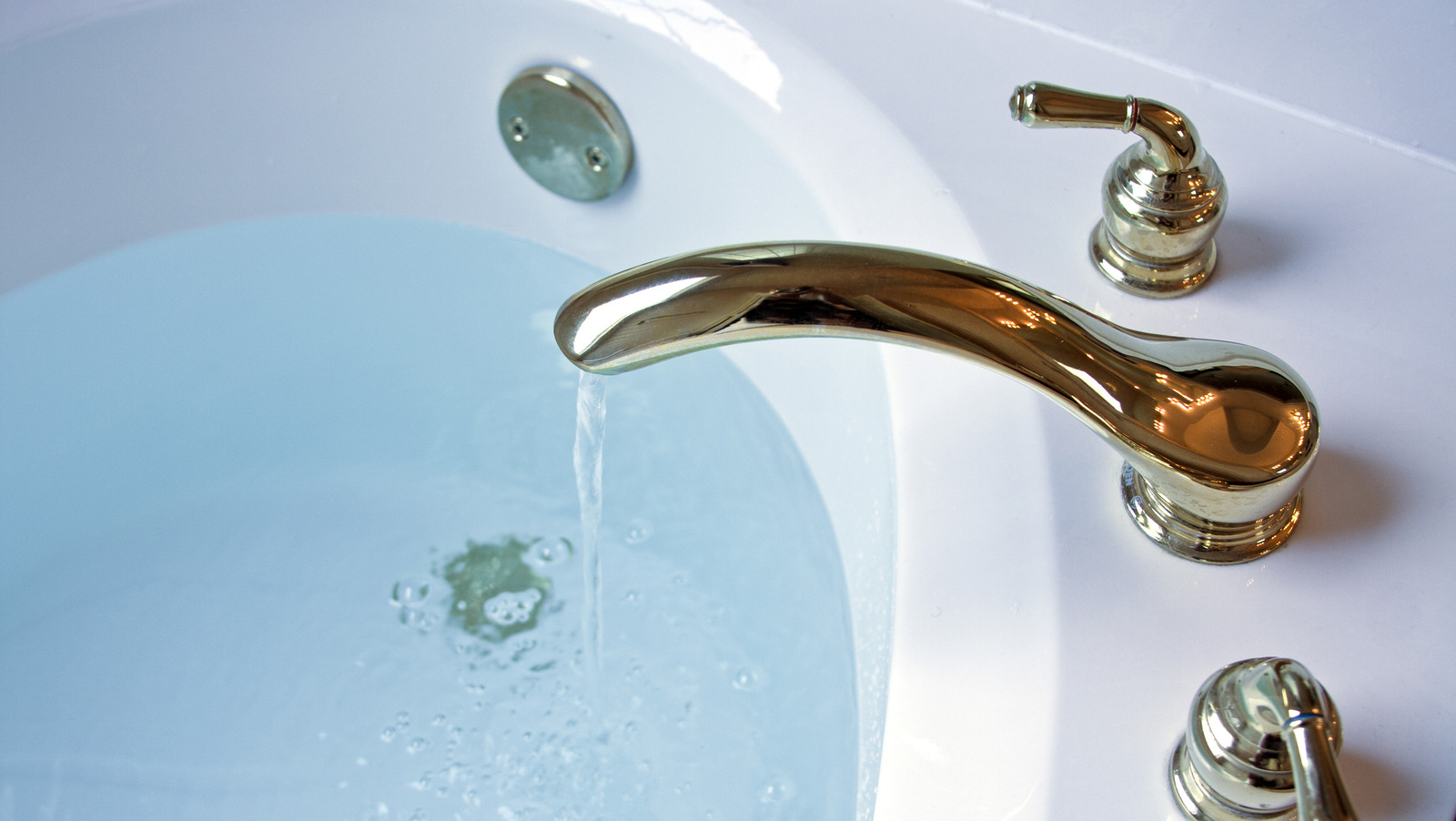
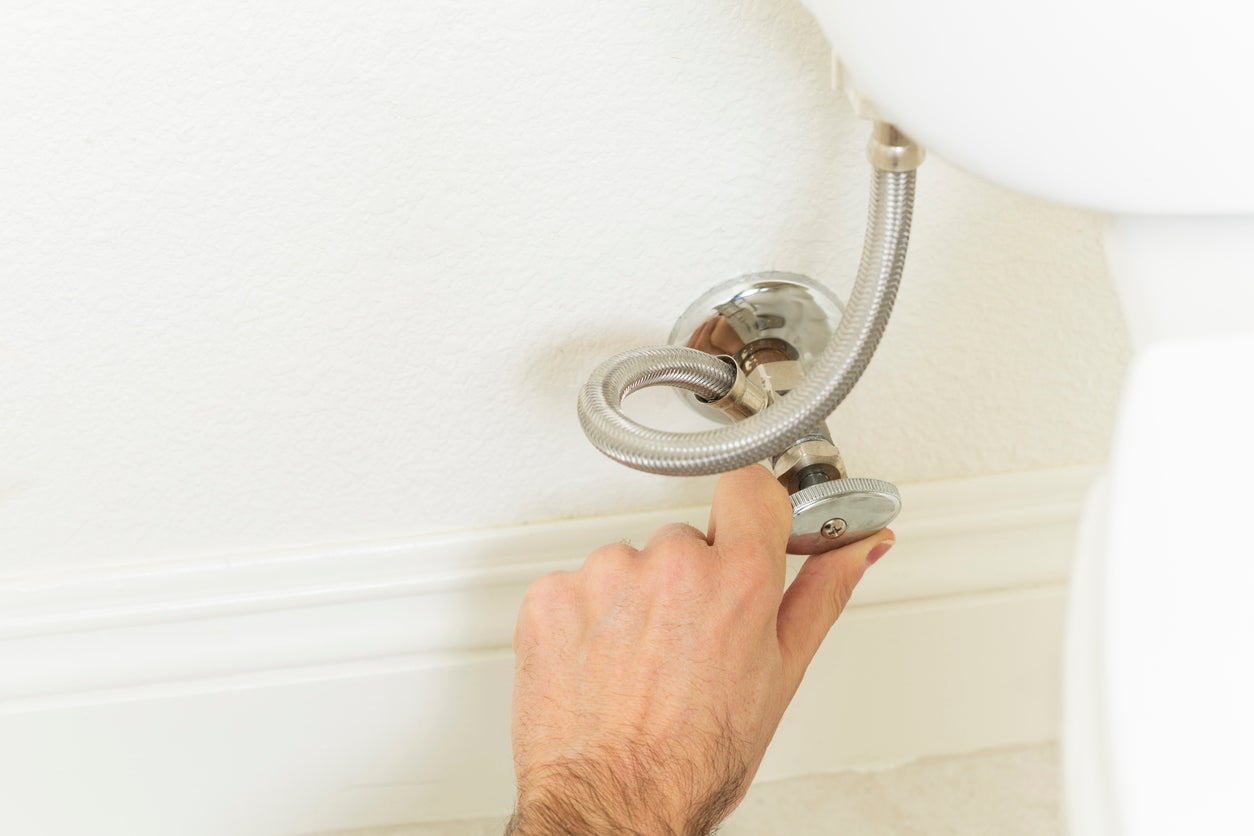
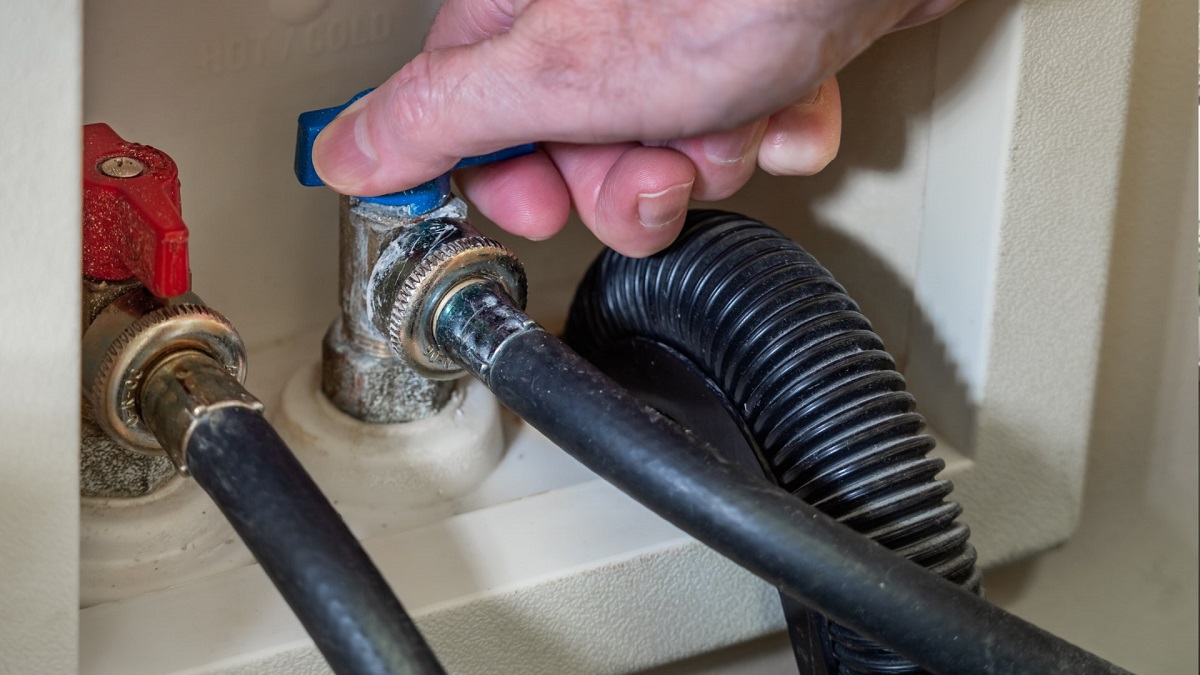
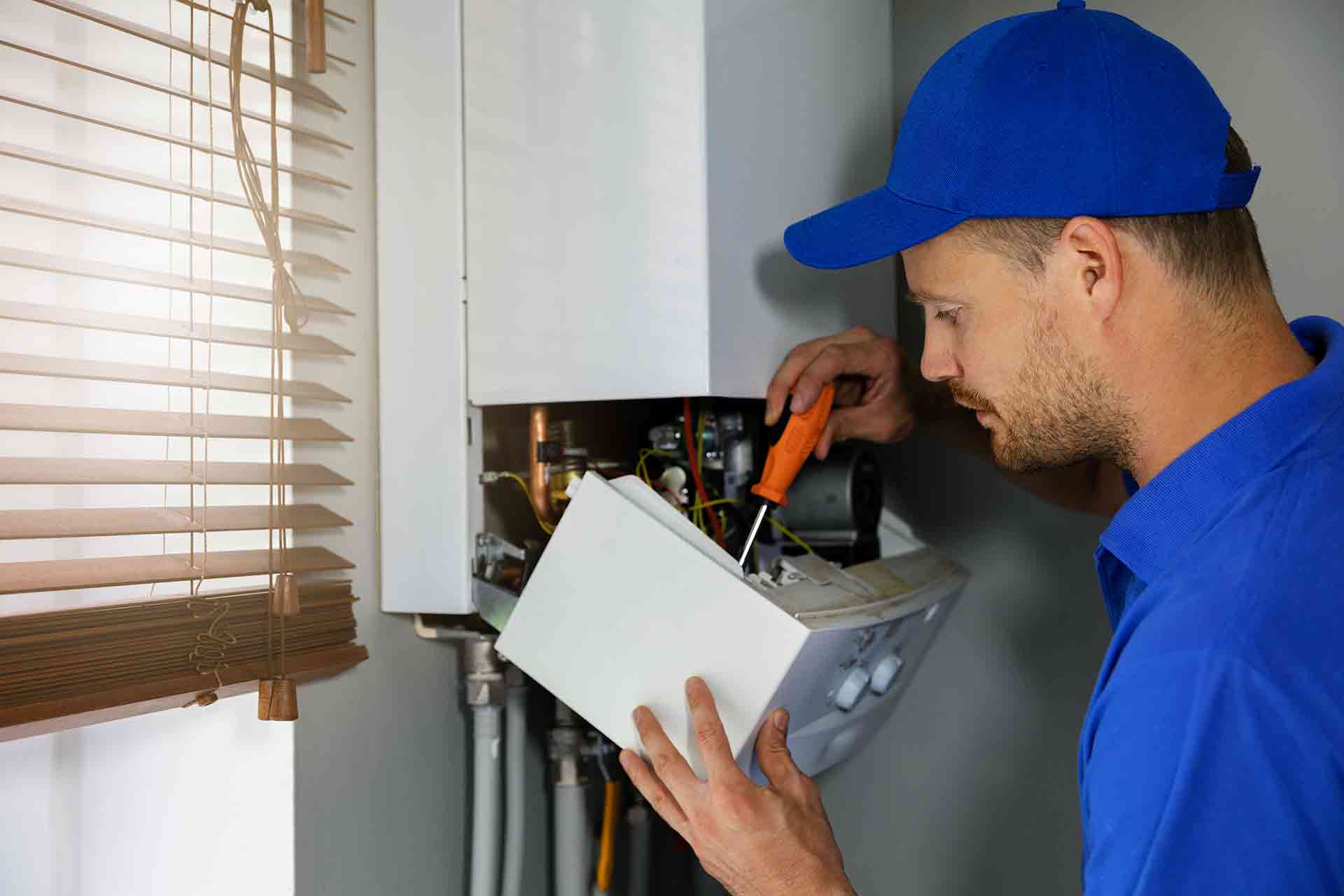
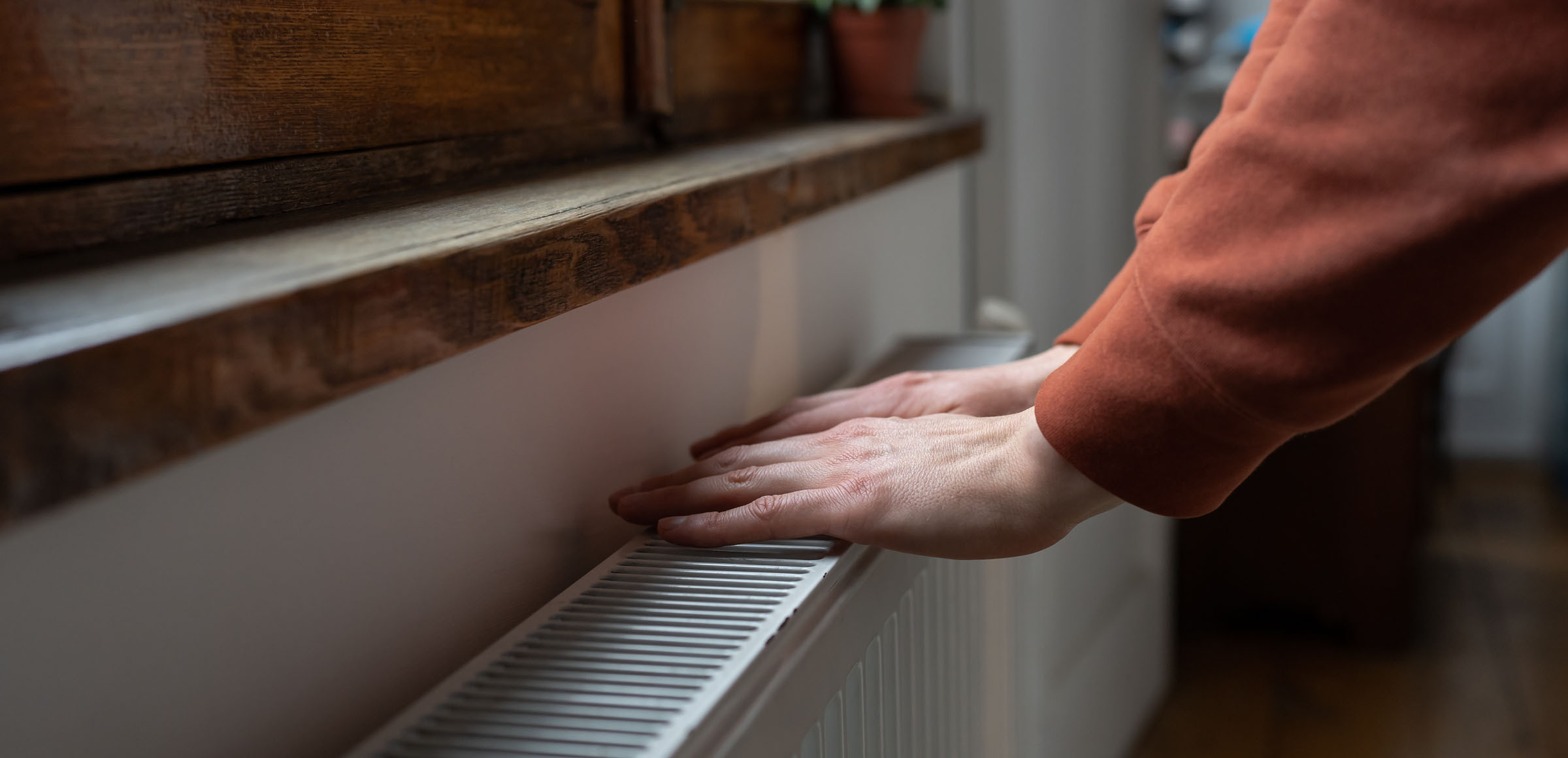
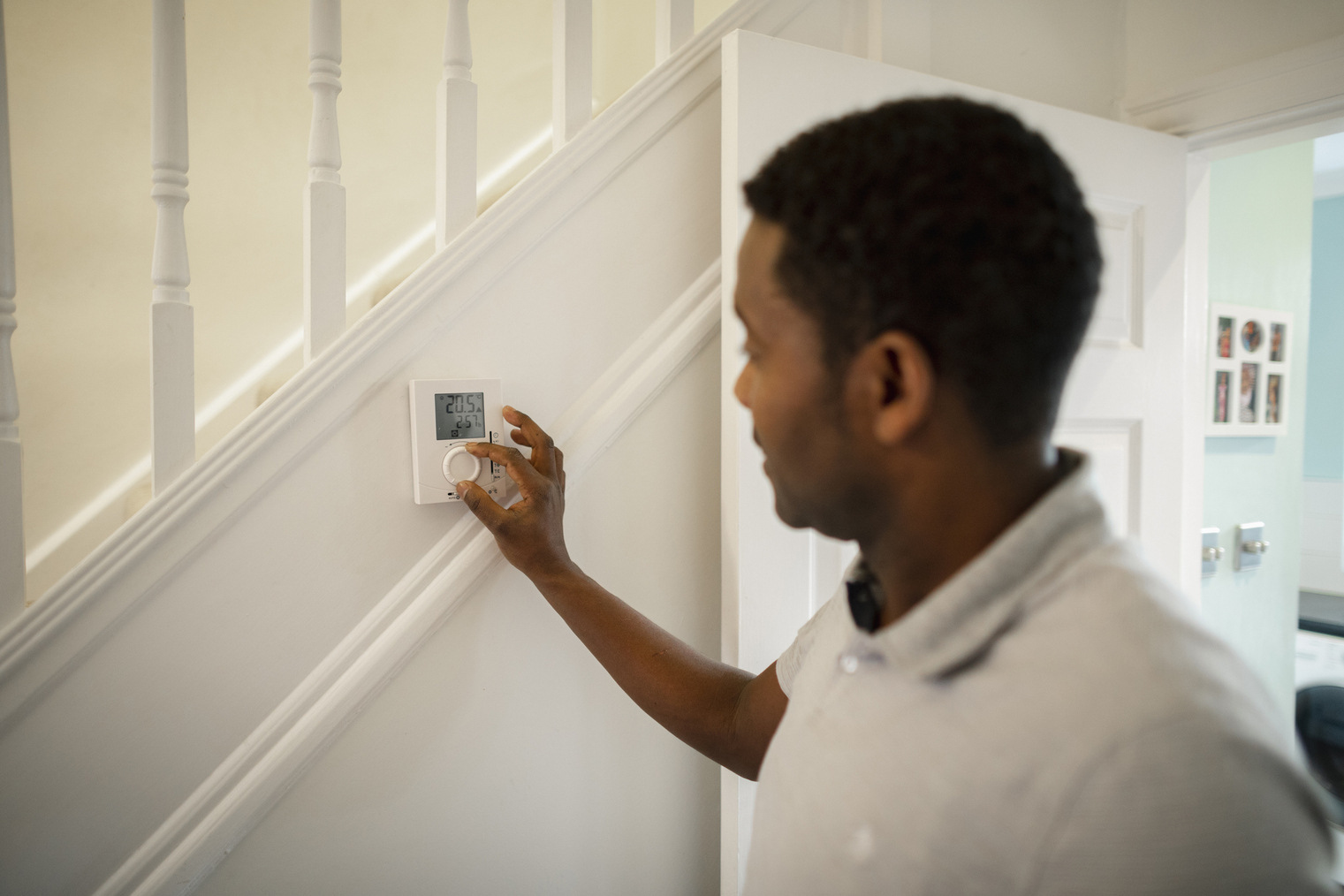
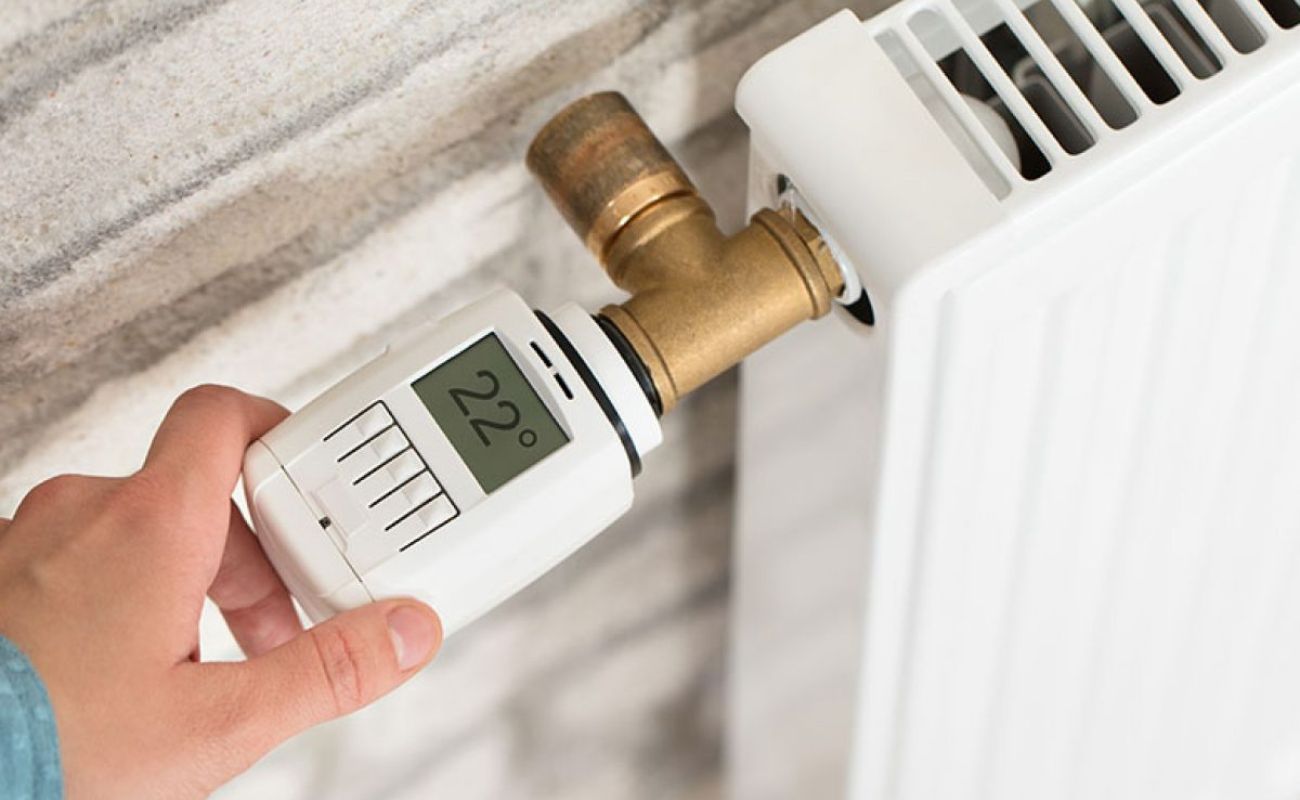
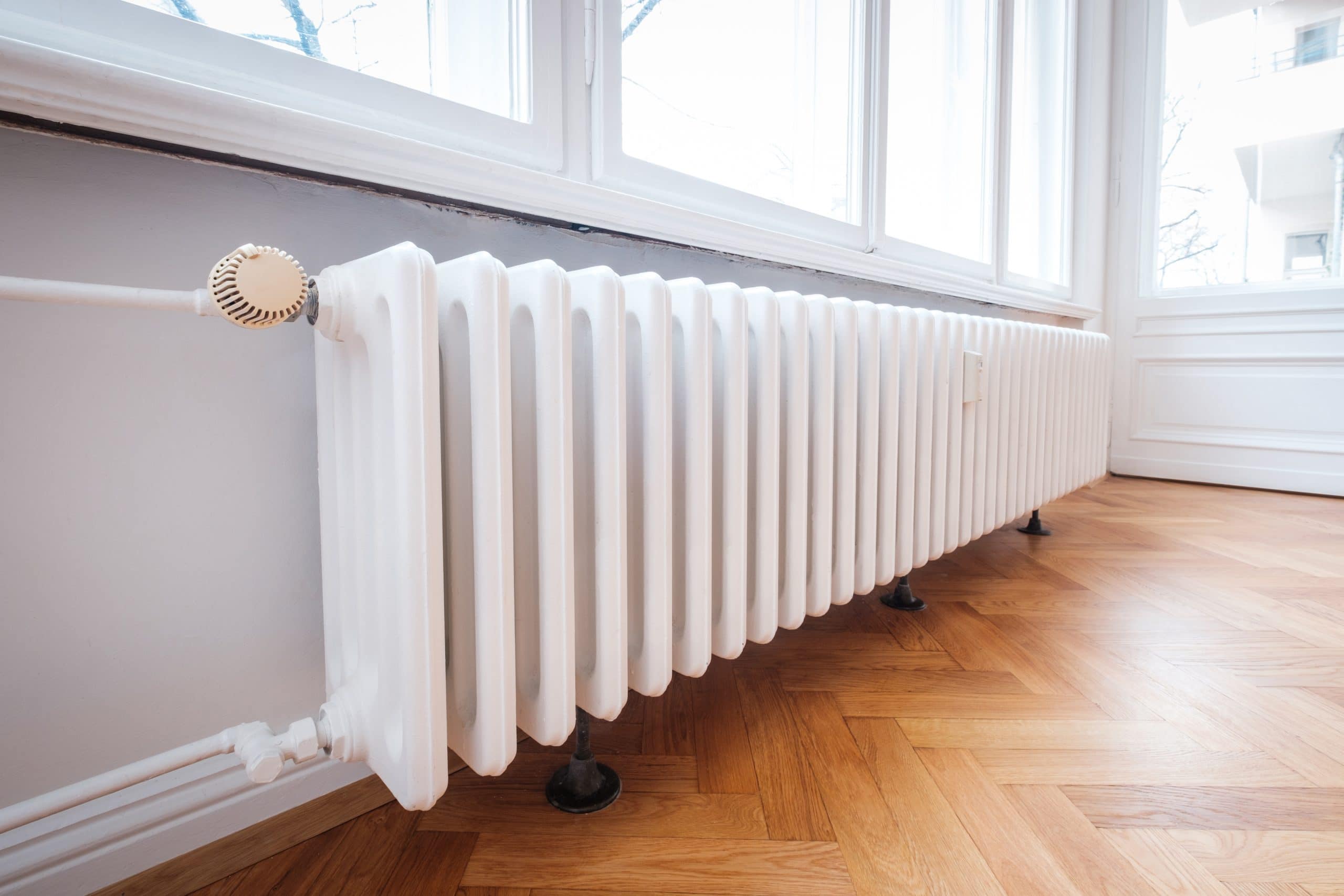
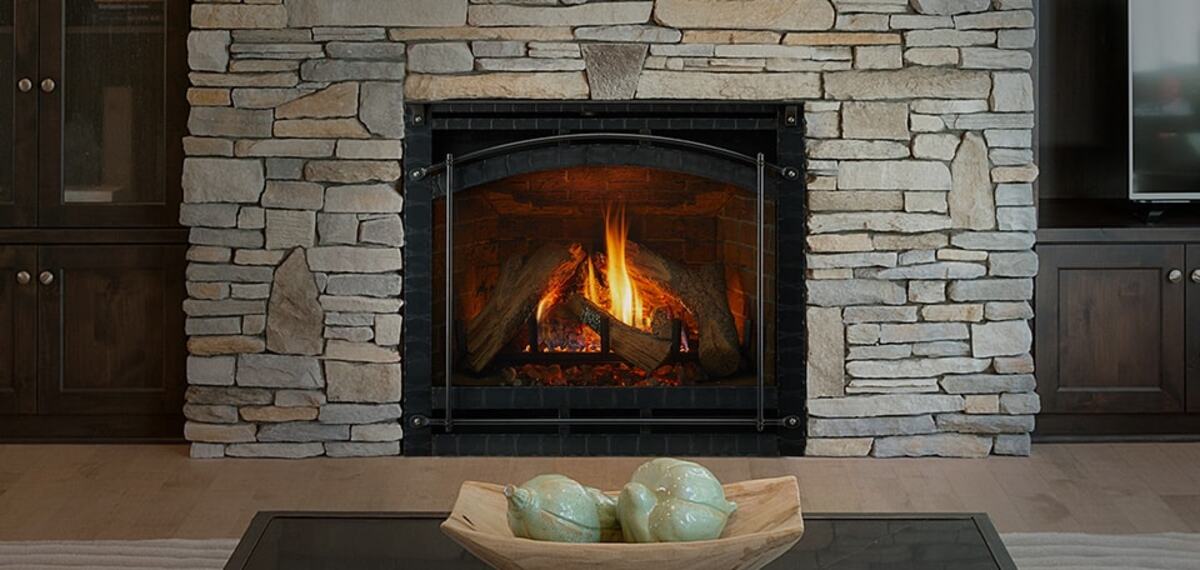
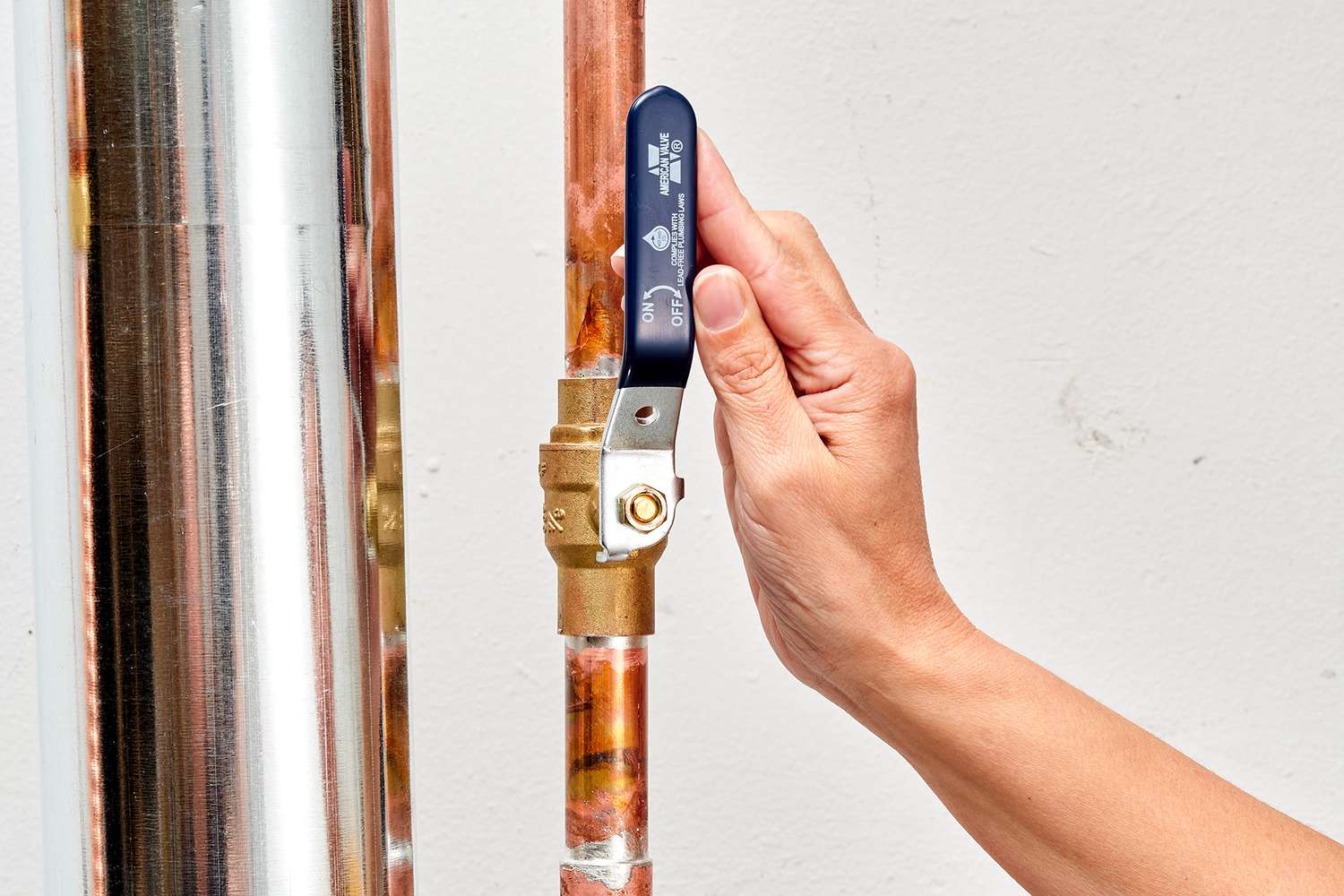
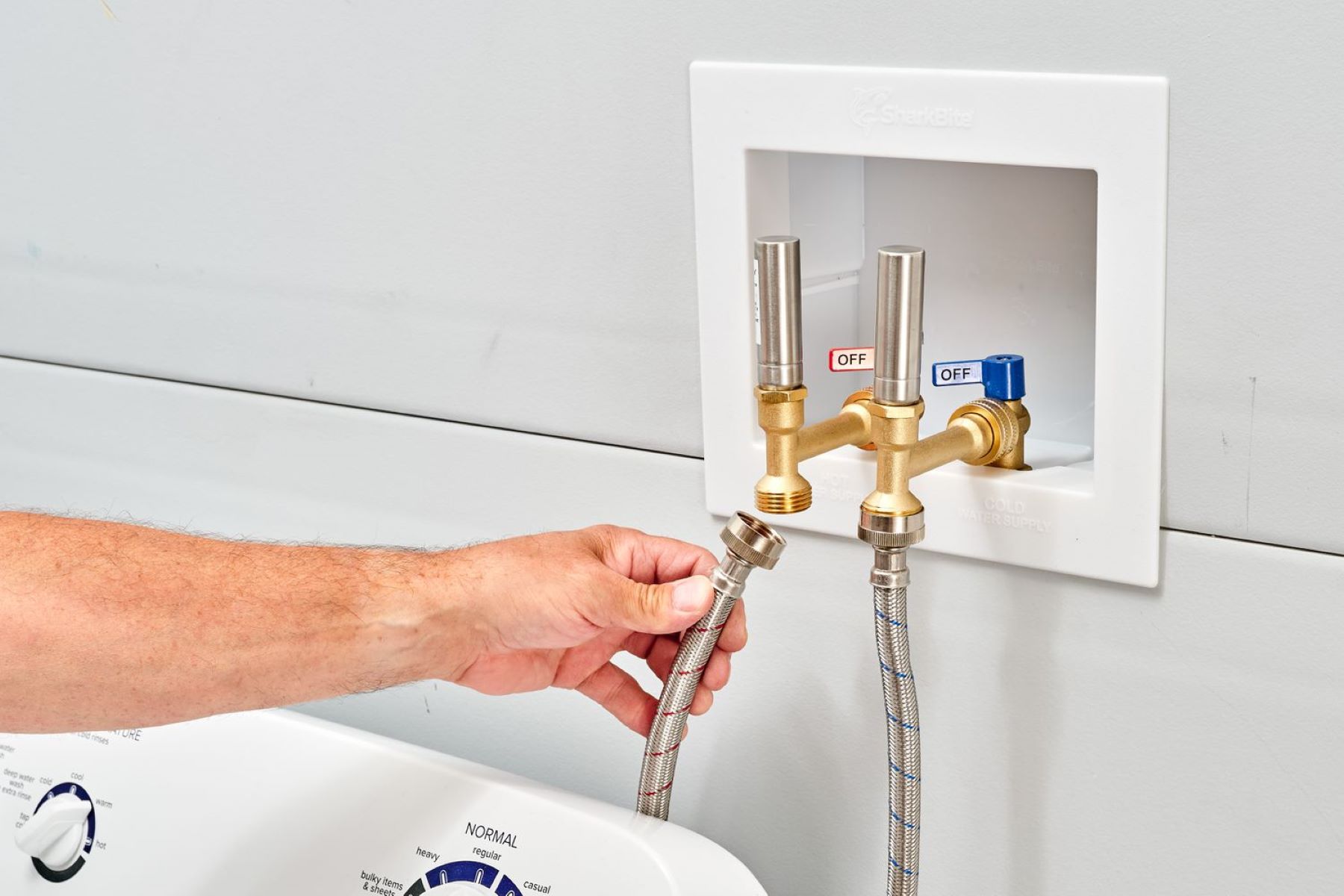
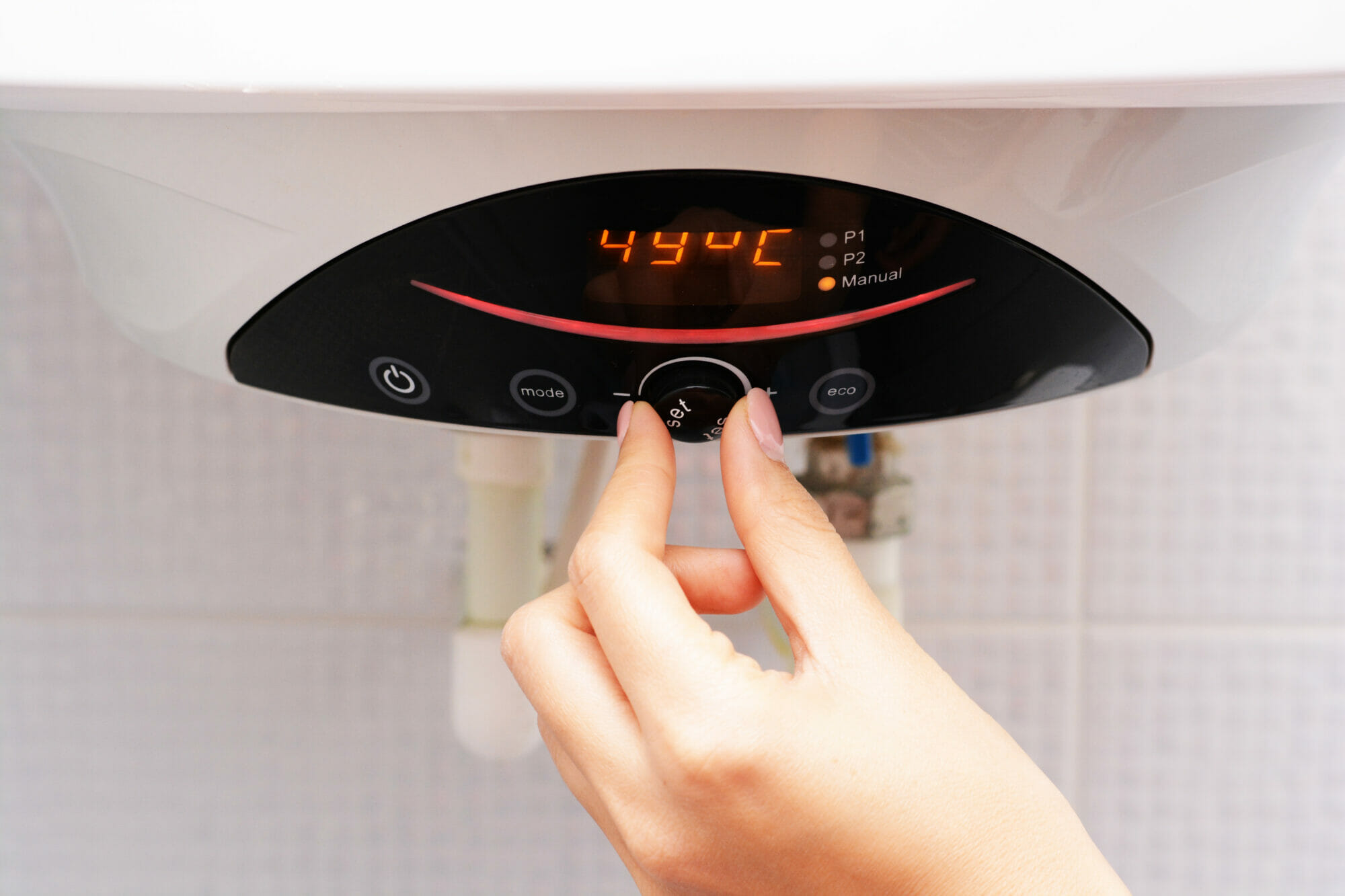
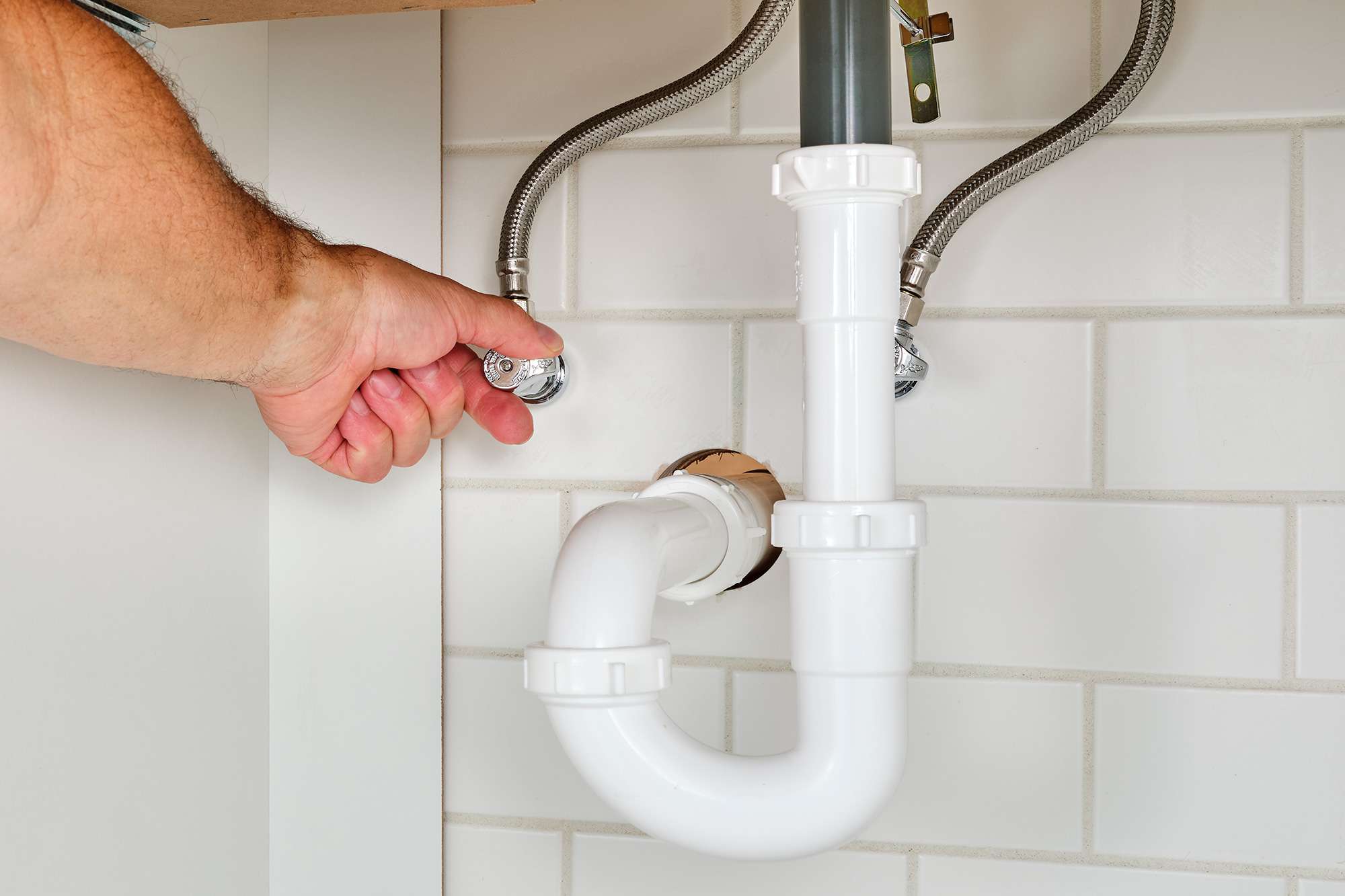

0 thoughts on “How To Turn Off Water Supply To Central Heating”